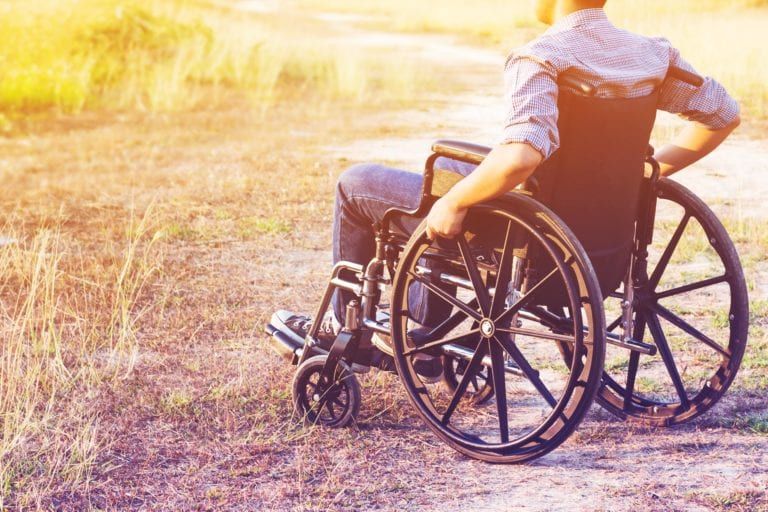What Is Muscular Dystrophy?

Muscular Dystrophy is a form of disease that involves muscle mass being lost and an increasing degree of weakness. This disease occurs as the result of abnormal genes that prevent that normal formation of healthy muscle by interfering with protein production. A common misconception is that all forms of muscular dystrophy are the same, or more accurately that there is only one form. The truth of it is that there are a variety of forms that all share common symptoms. Some of them start when the patient is still young, others wait until adulthood to set in.
Duchenne Type Muscular Dystrophy
This form of muscular dystrophy is one of the most common forms and occurs primarily in male-bodied persons. The condition can be congenital and carried by the mothers even if it doesn’t present in them when they’re young. Instances of this condition in young female-bodied persons are much rarer than in their counterparts. Some of the symptoms that indicate you may be suffering from this form of muscular dystrophy include:
- Falling frequently
- Having a hard time changing position from lying down or sitting up
- Difficulty jumping and running
- Walking with a waddling gait
- A tendency to walk on the toes
- Enlarged calf muscles
- Pain and stiffness in the muscles
- Learning Disabilities
Becker Muscular Dystrophy
This form of muscular dystrophy has similar symptoms to those that indicate Duchenne Type MD. However, these symptoms don’t set in as quickly or as severely. This form of muscular dystrophy tends to appear in patients who are in their teens, but it can also appear in those who are 20 or older.
Other Forms
There are a few other varieties of muscular dystrophy that exist and are identified by where the symptoms first occur in the body. Among these are:
- Myotonic – This condition is identified by the muscles being unable to release after intentional contractions (such as flexing). This condition is among the most common type of muscular dystrophy that occurs in adults. The muscles of the neck and face are the first areas that show symptoms.
- Facioscapulohumeral (FSHD) – This condition is identified by a weakness in the muscles that starts in the shoulders and face. Patients may experience their shoulder blades extending like wings when they raise their arms. It commonly begins in the teenage years, but cases have been seen in earlier and younger patients.
Muscular dystrophy cannot be cured, but there are forms of treatment that can help ease symptoms and prevent complications in the spine and joints of patients. If you’re concerned that you may be experiencing concerns with muscular dystrophy, or think that someone in your family is, contact a physician. Pick up the phone and contact Dr. Luc Tuerlings at Space Coast Orthopedics. This facility has been helping patients with concerns like muscular dystrophy in the Merrit Island FL area for years and would be proud to help you face your concerns.


Recent Comments